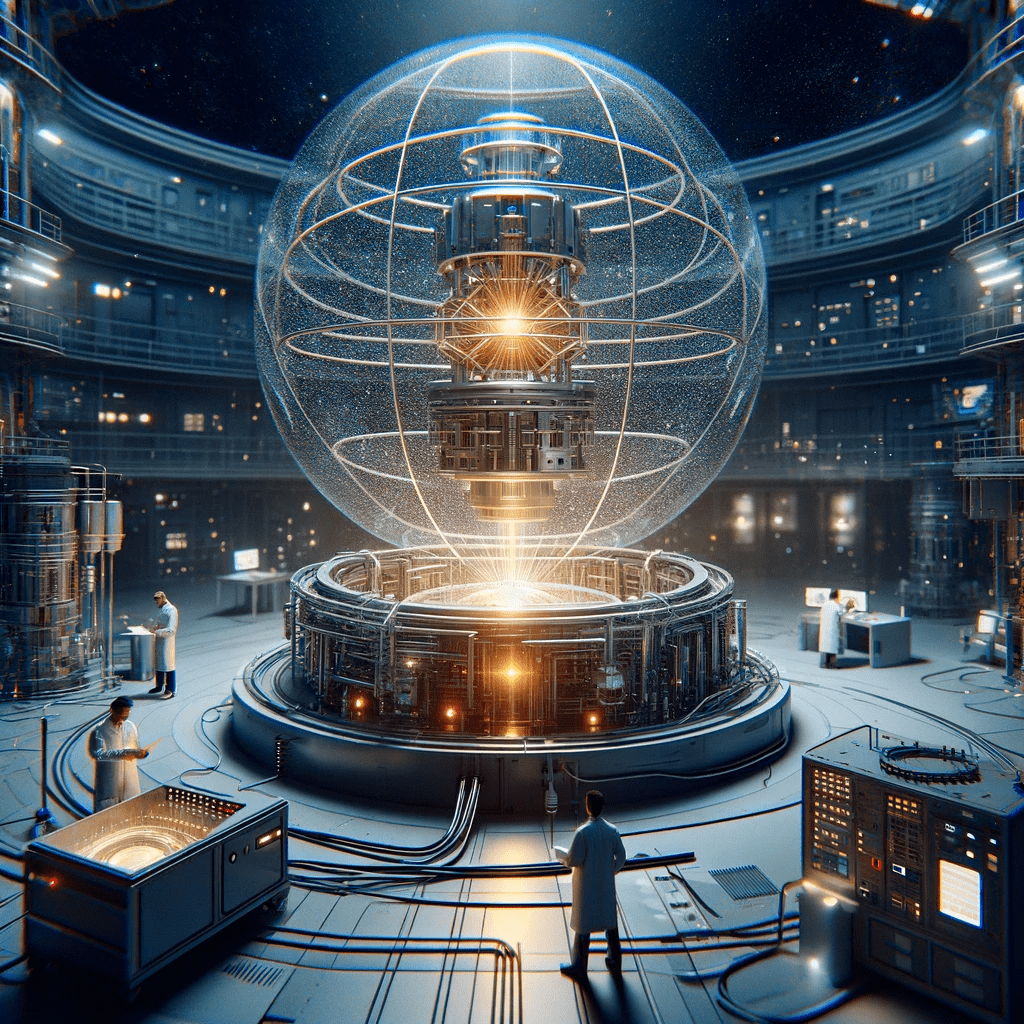Engineering the Vacuum

Engineering the vacuum is a concept that has fascinated physicists, cosmologists, and engineers for decades, particularly those interested in exploiting the quantum nature of the universe. The idea revolves around the realization that what we perceive as empty space is not so empty after all. Instead, it’s a vibrant, dynamic realm filled with quantum particles that pop in and out of existence, an idea that emerged from quantum field theory, a cornerstone of modern physics.
These particles, known as virtual particles, fluctuate in and out of existence due to the Heisenberg Uncertainty Principle, which stipulates that it is impossible to simultaneously determine the exact position and momentum of a particle. As a result, even in a vacuum, particles and antiparticles can appear and disappear in fleeting moments, borrowing energy from the vacuum itself.
Engineering the vacuum essentially means leveraging these virtual particles and the energy they represent to create novel technologies or to provide answers to longstanding questions in theoretical physics. Some possibilities include extracting energy from the vacuum, creating exotic matter, or even modifying the properties of the vacuum itself.
According to CERN, the European Organization for Nuclear Research, the vacuum is full of virtual particles, a concept validated by the Casimir effect. This effect demonstrates that two uncharged metal plates brought close together in a vacuum will feel a force of attraction due to the changes in the energy of the vacuum between and outside the plates.
A 2020 article in the journal Nature reported that a team of physicists at Chalmers University in Sweden managed to capture a glimpse of the elusive virtual particles using a superconducting quantum interference device (SQUID), providing further evidence of their existence.
The idea of extracting useful energy from the vacuum, often called “zero-point energy,” while theoretically possible, would violate the laws of thermodynamics as we understand them, as explained by the American Physical Society.
Several experts have contributed to our understanding of the vacuum and its potential applications. Notably, renowned theoretical physicist Julian Schwinger received a Nobel Prize for his work on quantum electrodynamics, which helps describe the interactions of virtual particles in a vacuum. Schwinger and other experts caution that while the vacuum is full of energy, harnessing it is currently beyond our technical capabilities, and attempts to do so could potentially have destabilizing effects.
Books like “Quantum Field Theory for the Gifted Amateur” by Tom Lancaster and Stephen J. Blundell provide detailed insights into the nature of the vacuum, explaining the quantum mechanics behind it. The book asserts that while the vacuum is full of virtual particles and energy, it’s not as simple as ‘picking’ that energy and using it freely.
Engineering the vacuum is an exciting area of study with potential implications for both fundamental science and technology. However, while the vacuum is rich with virtual particles and energy, the prospect of harnessing it remains firmly in the realm of theory. The realization that the vacuum isn’t truly empty but a quantum mechanical entity that can be studied and potentially manipulated opens doors to a vast expanse of possibilities.
The phenomenon of Sonoluminescence, where a small gas bubble suspended in a liquid emits short bursts of light when excited by a sound wave, is thought to be influenced by vacuum fluctuations. Investigations into this phenomenon could potentially enhance our understanding of how to interact with these fluctuations.
Vacuum decay is a hypothetical process in quantum field theory that could result in the spontaneous and cataclysmic transformation of the universe as we know it. The concept is a consequence of our understanding of quantum mechanics and the nature of ‘vacua’ or lowest energy states.
In quantum field theory, a vacuum is not merely an empty space; it’s the state of lowest energy. This lowest energy state is also known as the ‘true vacuum.’ However, it’s possible for a system to be stuck in a ‘false vacuum,’ a state which appears to be the state of lowest energy (a stable vacuum) but is not. A false vacuum is only metastable, meaning it’s stable for now but could potentially transition to the true vacuum.
The idea of vacuum decay refers to this hypothetical transition, where the universe, if it is in a false vacuum state, suddenly transitions to the true vacuum state. This transition would occur when a quantum fluctuation causes a bubble of true vacuum to appear. This bubble would then expand at nearly the speed of light, altering the physical laws as we understand them within its boundary.
The results of such an event would be devastating and universe-changing. Inside the bubble, the laws of physics could be drastically different. All structures that we know – galaxies, stars, planets, life – could cease to exist in their current form.
The concept of vacuum decay is a topic of active research in theoretical physics, and future insights into quantum field theory and the nature of the universe could provide a more concrete understanding of this potential phenomenon.


